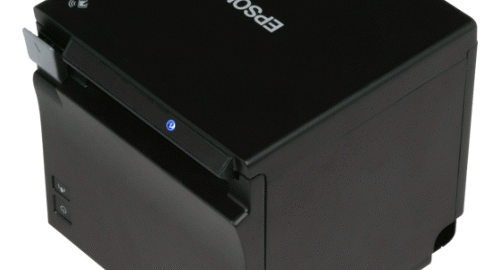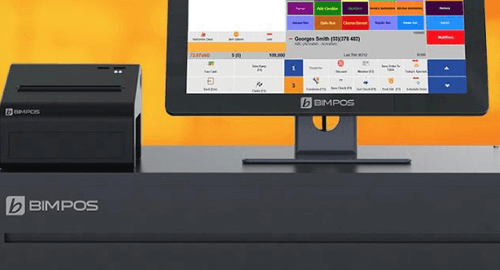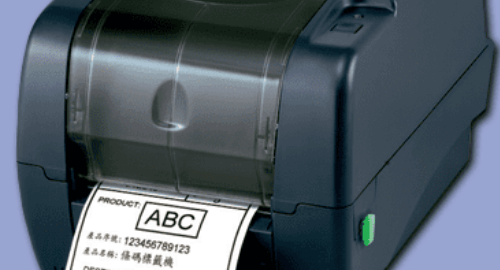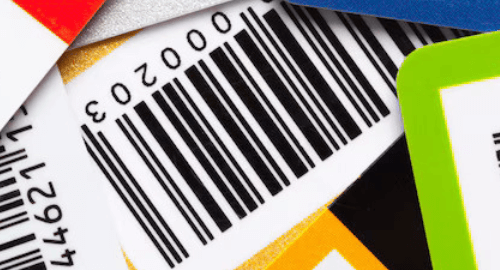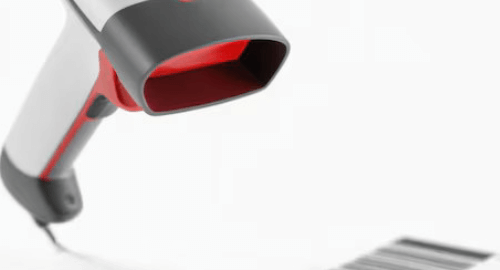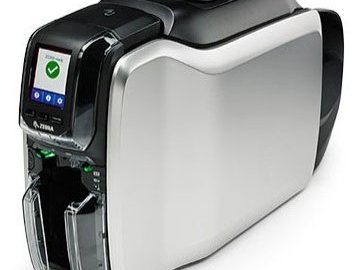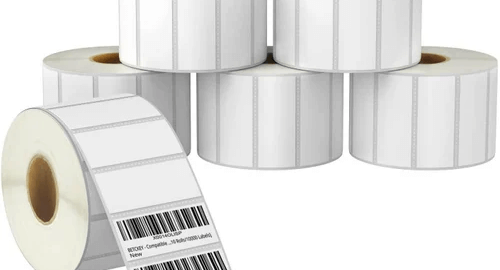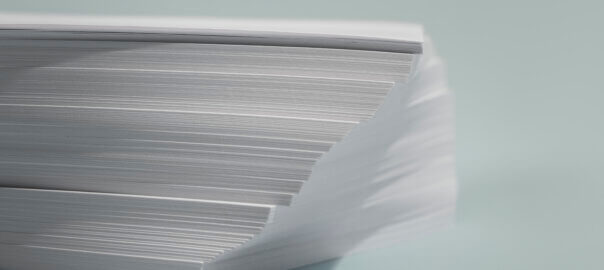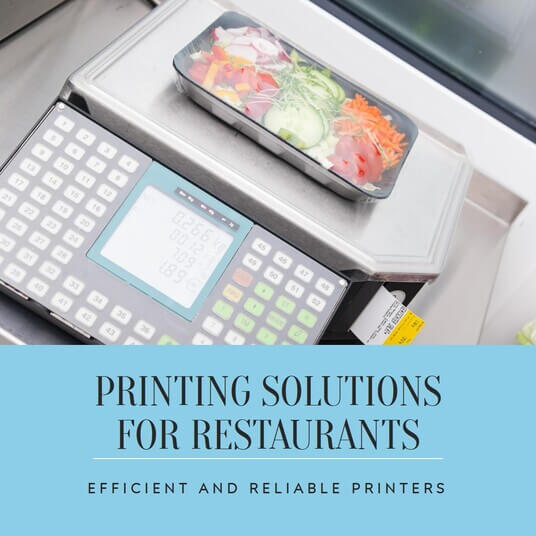
The efficiency and seamless functioning of a business can be greatly impacted by the technology selection made in the fast-paced world of restaurant operations. Amidst the plethora of devices and technologies utilized, a sometimes disregarded yet essential equipment is the restaurant printer, specifically the receipt printer. The choice of printer type can affect many facets of restaurant management, including customer satisfaction, record-keeping, order accuracy, and service speed. We’ll look at the many kinds of restaurant printers in this blog, with a particular emphasis on receipt printers and how they affect operations.
Impact on Operations: The Central Role of Receipt Printers
A restaurant’s operating flow cannot function without its receipt printer. They do more for a restaurant than just give consumers a record of their purchase; they also help with inventory management, act as an essential conduit for communication between the front and back of house, and enhance the overall dining experience. Let’s examine the many kinds of receipt printers that are out there and how they affect business operations.
Impact Thermal Printers
Impact thermal printers generate kitchen orders and receipts by using heat. They are perfect for use in kitchens because of their well-known resilience to high temperatures and degree of durability.
Operational Impact: In the hot, hectic kitchen, these printers are dependable. Duplicate copies can be printed, which is useful if you want to preserve one copy for the front-of-house records or client receipts and another with the kitchen staff. But the requirement for special thermal paper and the sporadic fading of receipts can be detrimental to consumer satisfaction and record-keeping.
Thermal Receipt Printers
One of the most common options for contemporary restaurants are thermal receipt printers. They don’t need ink or toner, which can eventually reduce operating expenses, and they print more quickly and silently than impact printers.
Operational Impact: Thermal printers’ quickness and effectiveness can greatly improve service delivery by guaranteeing that clients get their receipts on time. The accuracy of orders and customer satisfaction are also enhanced by thermal print clarity. On the other hand, thermal paper prices can mount up and the initial cost might be higher.
Inkjet Printers
Although they are less prevalent in the restaurant business, inkjet printers can produce excellent client bills and receipts, particularly when color printing is required for promotional messages or brand printing.
Operational Impact: The ability to print in color on receipts using inkjet printers helps improve branding initiatives and customer interaction. However, fast-paced restaurant environments might not be suitable for the slower printing speed and higher ink cartridge prices.
Choosing the Right Printer for Your Restaurant
Selecting the right printer depends on various factors including the restaurant’s volume of transactions, the environment (e.g., kitchen vs. front-of-house), and budget constraints. Here are some things to think about:
Volume and Speed: Thermal receipt printers are a good choice for high-volume restaurants that want to focus on speed and dependability.
Environment: An impact thermal printer is a better option for kitchens due to its strength and resistance to heat.
Customer Experience: Although more expensive, inkjet printers provide the benefit of color printing for improving customer interaction with receipts.
Receipt printers are one example of an apparently simple equipment that has strategic significance as restaurants continue to innovate with technology. They are an essential component of the operational ecology, having an impact on everything from customer satisfaction and efficient branding to order accuracy and service speed. Making an informed decision regarding the kind of printer to employ can result in happier patrons, more efficient operations, and eventually, a more prosperous restaurant.

